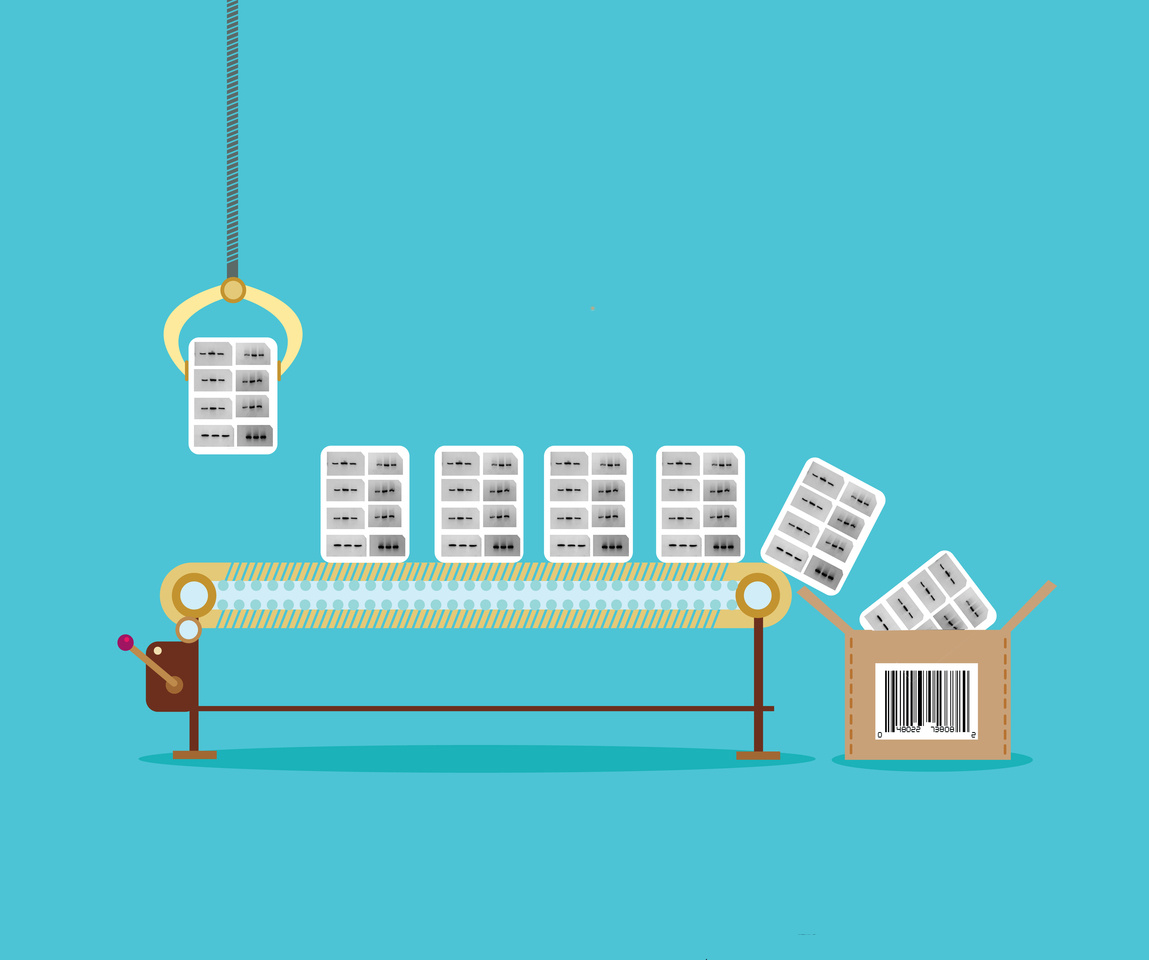
FEBS Press has been running routine prepublication image integrity checks since 2015. Initially, these checks revealed unintentional mistakes and errors and, very rarely, isolated cases of individual misconduct. In early 2018, however, we and others observed an altogether more disturbing type of potential fraud. We spotted manuscripts that displayed possibly systematically fabricated data following a recurring template, pointing at the existence of paper mills: unofficial and potentially illegal organizations selling fake scientific manuscripts [1, 2]. An international community of research integrity analysts, scientists, editors and journalists has reacted quickly to this threat, exposing a widespread and substantial problem [2-8]. Paper mill services appear to include data fabrication, authorship for sale, fake peer review and citation schemes [3, 8]. The manuscripts often resemble each other in multiple ways, they tend to pass through peer review smoothly, and the published papers are generally well cited [5, 8].
Just how extensive an effect paper mills have had on the literature and on subsequent research is not yet clear. In the life sciences, we are seeing a robust number of retractions of probable paper mill papers [9-11], most recently the retraction of 68 papers by the Royal Society of Chemistry [12], all of which listed authors at Chinese hospitals [3]. Nonetheless, there are still conceivably thousands of these papers, many of them yet to be identified [3]. Despite recent efforts of the Chinese government to remove incentives for using such services and cracking down on research misconduct [13-15], we still receive a steady number of potential paper mill submissions across our four journals at FEBS Press, and if this is also true for other journals then the number of paper mill publications is still growing.
The problem of paper mills appears to have existed for a number of years [16], but evidence affecting the life sciences has only recently come into the spotlight. Paper mills have also been reported to operate in other countries, including Iran, India and Russia [17-19], and they are potentially also targeting other disciplines in science, such as the humanities and social sciences, computer sciences and engineering [20].
Although relatively little is known about how exactly paper mills operate, it is encouraging to see affected journals acknowledging the problem [4, 5, 11, 22-24] and publishers making commendable efforts to identify and retract paper mill papers [10, 12]. Efforts are underway to raise consciousness [[25]], expose published paper mill articles and facilitate retractions [26], and reveal their techniques and modus operandi [1, 5, 27-29].
In the present article, we share relevant information on recurrent features of paper mill manuscripts and specifically regarding the ‘raw data’ made available by paper mills. We hope that this will facilitate the task of identifying these submissions before publication and help to progress investigations and necessary retractions by the affected journals and publishers.
Read the freely available full article.
First published in FEBS Letters on June 27, 2021.





Join the FEBS Network today
Joining the FEBS Network’s molecular life sciences community enables you to access special content on the site, present your profile, 'follow' contributors, 'comment' on and 'like' content, post your own content, and set up a tailored email digest for updates.